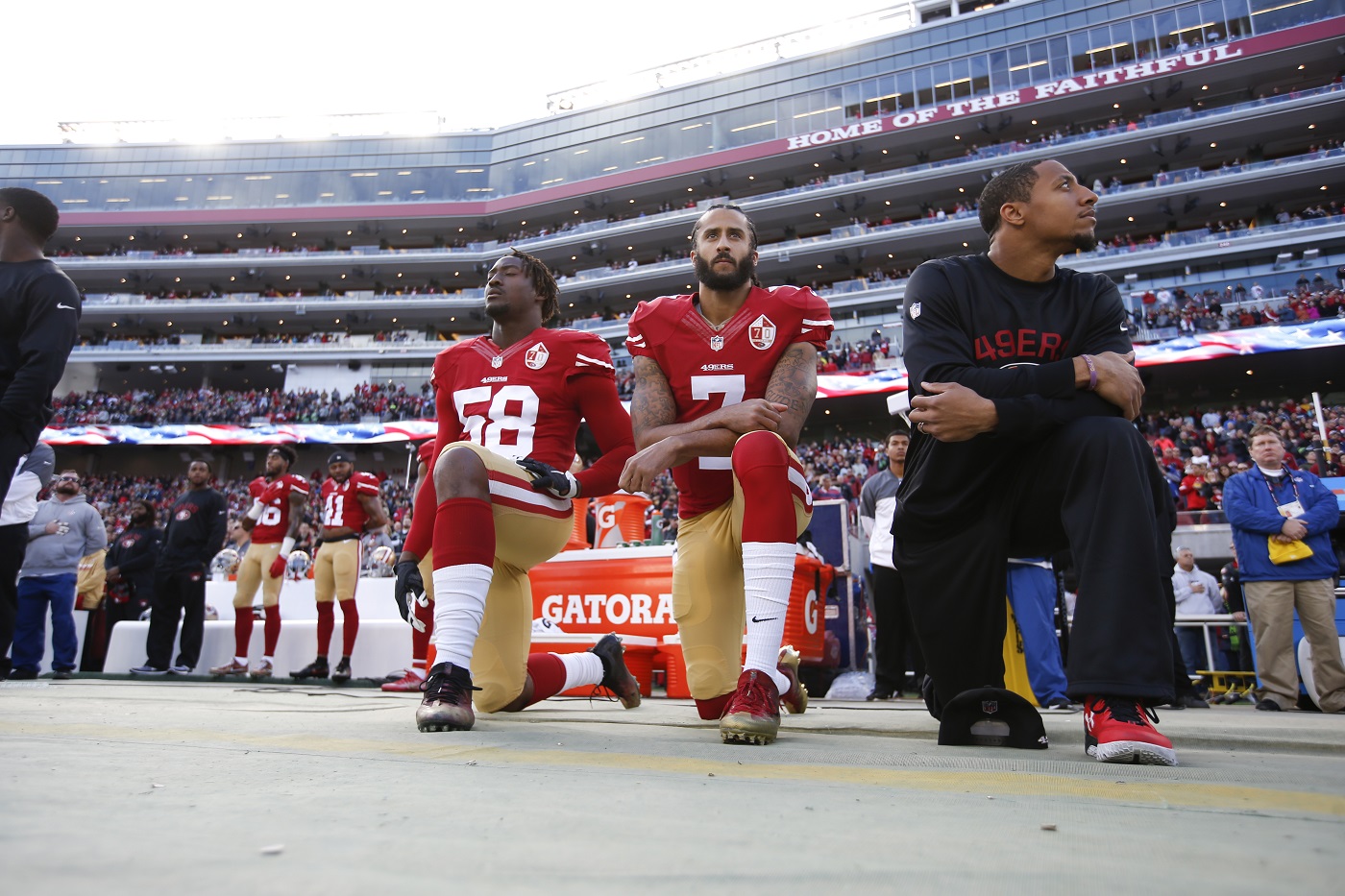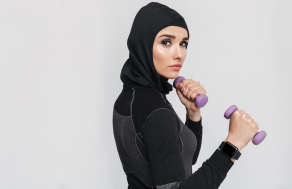What is athlete activism?
Activism is a complex concept that can manifest itself in a variety of activities. In this context, activism is defined as confronting apparent repressive hegemonic structures and ideologies through deliberate activities that aim to disrupt an unequal power dynamic and, in contrast to other similar terms, offer solutions that orchestrate change. We should not, however, assume that athlete activists are well received, and it has been suggested that there is an unspoken rule in sport that athletes keep their activism off the field of play.
What’s race got to do with it?
Race is arguably the most explosive issue in sport. Although anti-racism activism has been around for decades, a new sense of urgency has emerged in recent years as sport has become a focal point for the Black Lives Matter movement, with athletes serving as some of the campaign’s most vocal advocates. Despite the country’s racial diversity, most sports fans in America are white. By challenging race issues, black athletes are thereby resisting the powerful position and threatening the distraction that many seek from sport. According to sportswriter Dave Zirin, fans want athletes, particularly Black athletes, to just ‘shut up and play’. The debate has become increasingly heated in recent years, with divisive opinions on National Football League (NFL) quarterback Colin Kaepernick, who was labelled a ‘renegade national traitor’, for taking the knee during the American National Anthem prior to fixtures throughout the 2016 season.
Waves of athlete activism
Harry Edwards, an American sociologist and civil rights activist, proposed a framework to conceptualise the history of athlete activism, indicating that it manifests in waves that consider the larger social movements occurring within each wave.
The first wave (1900–1945) was represented by the likes of Jack Johnson, Joe Louis, and Jesse Owens, who pursued validity through their athletic excellence, often accomplishing their biggest achievements within international arenas rather than in American society, which was heavily impacted by racial segregation.
The second wave (1946 to the early 1960s) was driven by athletes including Jackie Robinson, Kenny Washington, and Althea Gibson, and focused on achieving positional diversity. They, among others, acted as motivators for the removal of barriers, emerging against the backdrop of an America shifting toward desegregation and access across US society.
The third wave (1960s–1970s) saw the rise of a new type of athlete activist during the period of the Civil Rights Movements and fuelled by the rise in the Black Power Movement. Jim Brown, Bill Russell, and Cassius Clay (later known as Muhammad Ali) paved the way for a new generation of athletes to articulate themselves through political engagement with the Black community while demanding dignity, respect and social justice. Tommie Smith and John Carlos performed the infamous Black Power Salute while on the podium at the 1968 Mexico Olympics, in a political statement against human rights, in one of the most iconic images in sports history. Many of these athletes faced backlash for their activism; for example, Smith and Carlos were stripped of their Olympic medals and forced to withdraw from the Olympics.
Athlete activism appeared to decrease from the mid-1970s to around 2005. Interestingly, while many athletes were reprimanded during the first waves, scholars, journalists and the general public criticised this decline, and Muhammad Ali, who had been chastised in the 1960s, was later championed as a human rights spokesperson and the model against whom modern athletes were vilified for their absence of activism. Although Craig Hodges and Mahmoud Abdul-Rauf used their platforms to engage in political activism in the 1990s, there was an undeniable slump, with their involvement being the exception rather than the norm.
A fourth wave of athlete activism began in 2006, with high-profile athletes gaining unparalleled freedom and influence. Football player Megan Rapinoe expressed her support for LGBT+ rights, while NBA star Steve Nash spoke out against the Iraq War. Following the New England Patriots' Super Bowl victory in 2017, several team members declined President Trump’s customary invitation to the White House, and tennis star Venus Williams wrote an essay on gender equality for Vogue magazine in 2021. However, the most common theme in the modern resurgence of athlete activism was racial injustice. Several Women’s NBA players wore t-shirts in protest of the deaths of Philando Castile and Alton Sterling, while numerous male NBA stars warmed up in ‘I can’t breathe’ shirts to demonstrate against the death of Eric Garner, all of whom were killed by police officers. Several MLS, NBA, and MLB games were cancelled in August 2020 in response to Jacob Blake's shooting by a Wisconsin police officer.
What’s the state of play now?
Athlete activism continues to dominate cultural discourse, and the information presented in this article demonstrates that the separation of sport and politics is clearly illogical (as discussed within this interesting Open Learn course, The football World Cup: where sport and politics collide).
Convincing athlete activism dispels the myth that sport and politics should not interact, fostering hope that injustices can be addressed to create a more equal and fair society. Many are inspired by athletes who are involved in activism because of their empowered commitment to change, despite the risks involved. The significance of this was highlighted in 2020, during a year in which the perceived barrier between sport and politics was repeatedly breached, when Sports Illustrated magazine presented their Sportsperson of the Year award to five athlete activists who they described as ‘champions on the field, champions for others off it’.
Conclusion
The debate over the role of athlete activists continues to polarise. On one hand, athletes are almost presumed to be activists in society today; yet on the other hand, athletes who challenge the power structure face criticism and, in severe cases, loss of employment and/or income. We are, arguably, living in more splintered societies than in many of our lifetimes; consequently, it may be time to dispel the myth that athletes give up their right to an opinion on social issues solely because of their profession.










Rate and Review
Rate this article
Review this article
Log into OpenLearn to leave reviews and join in the conversation.
Article reviews